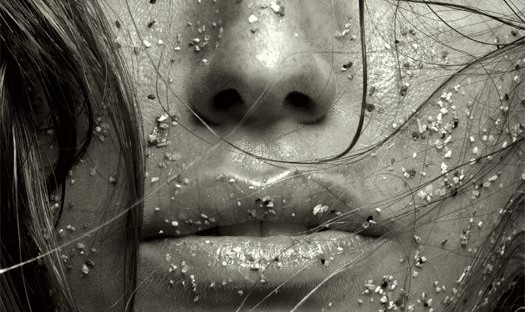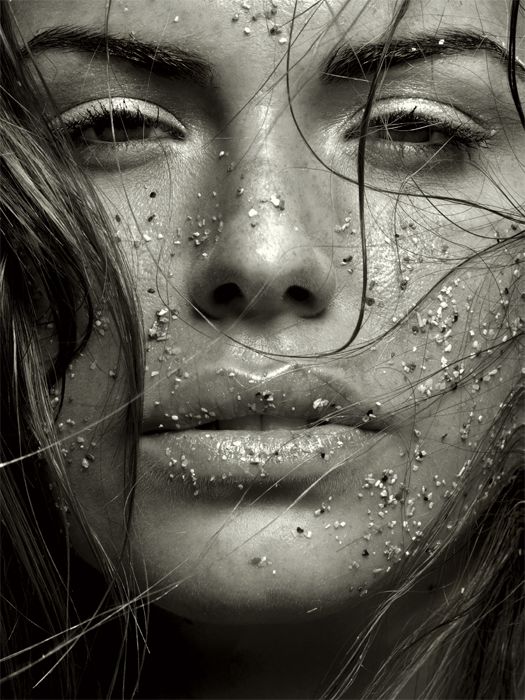Enter the exfoliator…the essential skin care weapon!
When it comes to radiant glowing skin I want ‘The Exfoliator’ amoungst my skincare arsenal.
I share the love, no bias here…I love them all!
AHA’s ,BHA’s, microdermabrasion…industrial sanders….if it removes dry skin and accelerates cell renewal – I want it!
I absolutely cannot live without exfoliators in my skin care routine. I rank them, up there, top shelf, sitting competitvely along side my retinoids.
I love both chemical and physical exfoliating products ,buffing and polishing my dull lifeless skin back giving it an healthy glow.
8 reasons to love an Exfoliator!
- Exfoliators remove the accumulation of dead skin cells
- Reduces fine lines, revealing a more youthful complexion more able to reflect light
- Creates greater hydration by allowing product to be more easily accepted into the skin
- Reduces the appearance of pigmentation and photodamage, creating a more even skin tone
- Reduces congestion and blackhead formation which helps prevent breakouts
- Accelerates cellular renewal
- Assists in treating skin conditions such as seborrheic dermatitis, acne, and keratoses
- Provides a great base for makeup application
Part of my skill set as a dermal clinician is tailoring skin care for clients and addressing individual skincare needs. In my experience most skin types benefit when using an exfoliator 2-4 times a week with few, if any adverse reactions.
What and How …
Chemical Exfoliators
Alpha hydroxy acids( AHA) and beta hydroxy acids( BHA) are the most commonly recognised acids in skincare.Their mechanism of action differs slightly from each other.
Lactic, malic and glycolic acids are AHA’s and act by dissolving the ‘glue’ which binds the skin cells together. Some studies suggest there are also some stimulating effects on the dermis – an increase in collagen synthesis and glycosaminoglycans, both help in maintaining skin hydration.
Concentrations of up to 10% acids are used for in-home skincare products.
The most common BHA used in skin care is salicylic acid derived from the bark of the willow tree. Salicylic acid has keratolytic properties, meaning it dissolves keratin. Lipophilic or fat loving , it attaches itself to the oils in the skin helping it to penetrate further than it’s AHA cousins. Salicylic’s greatest properties are functioning as an anti-inflammatory/antibacterial, making it ideal when treating acne.
Concentrations of .05-2% are used in skin care.
By comparison in-clinic peels using AHA’s And BHA’s are in concentrations of 20% or higher for greater exfoliation.
Enzyme exfoliation is also popular amoungst skincare companies including bromelain, derived from pineapples, and papain derived from papaya-allergies from papain are very common so a patch test is recommended prior to use.
Physical Exfoliators
Physical or mechanical exfoliation refers to products containing small granules suspended in a gel, foam or cream formula, which gently buff or sand away dead cells. Ideally scrubs should contain small uniform shaped grains, with no sharp edges such as magnesium oxide crystals.
Throw away the ‘Aapri’ scrub and steer away from products containing walnut/apricot shell or peach pits as their irregular shape could potentially cause micro-tears in the skin or worse, even infection.
Dont forget your body; mitts/ loofahs/brushes are great body exfoliators. They can be used wet or dry and are an excellent way of increasing circulation bringing nutrients to the skin.
Ensure they are cleaned after each use or sun dried to reduce bacterial contamination.
Some cosmetic companies have cleverly combined both chemical and physical exfoliators = accelerating cell renewal whilst sloughing off the old cells. This is a great combination for acne sufferers but for some skins it maybe too irritating.
Tip: Why not use a cleanser/moisturiser containing AHA’s or BHAs in the morning then add a scrub in the evening where needed.
Is there a downside?
Well there could be….If you’re the overzealous kind, be careful, your enthusiasm might see you over exfoliating! Over treating with chemical exfoliators might irritate your skin resulting in dry, red and flaky skin, whereas over abrading with a scrub, may result in small microtears, leaving your skin vulnerable to infection.
Some skin conditions may also be exacerbated such as Rosacea, when using scrubs or chemical exfoliators . If irritation occurs, discontinue use until redness subsides.If redness persists and over the counter cortisone may benefit. Rule of thumb…… moderation! If you’re the ‘blushing sensitive‘ type, introduce slowly, gradually increasing your exfoliating frequency to 2-4 times a week.
What is key is choosing the correct exfoliator for your skin type.This may be a little trial and error in the beginning, don’t despair! A consultation with your skin therapist will save you time, money and potentially a skin irritation – it’s far better to be safe than sorry, or worse, frustrated!.
With correct skin diagnosis, pairing exfoliator with skin type will have you radiating healthy skin.
How often do you use an exfoliator?
Drop me a line, I’d love to hear from you
Susan x











